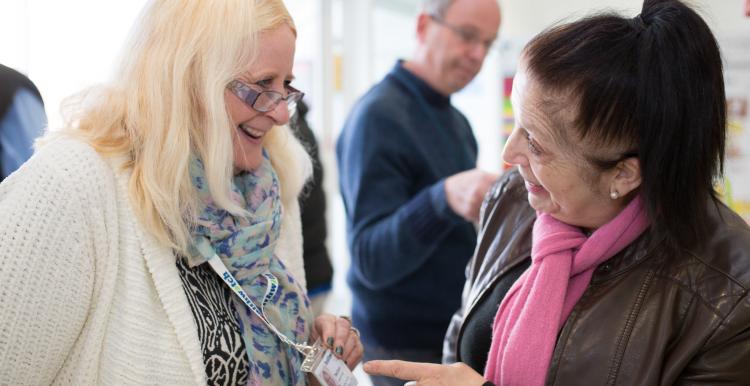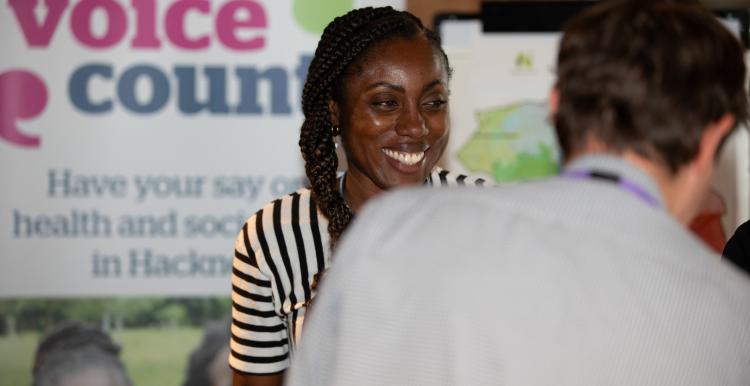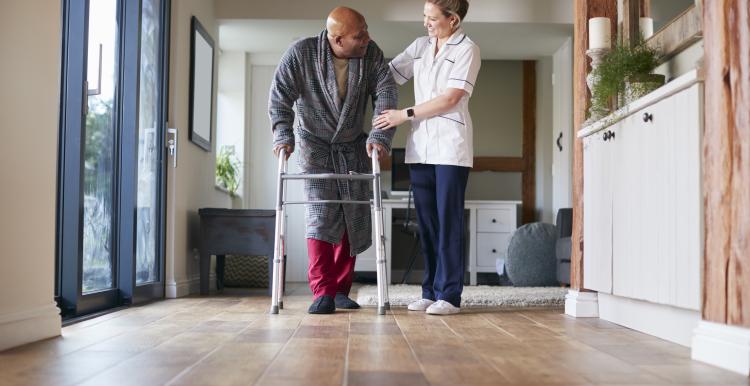A guide to running Healthwatch

About this resource
This guide explains the statutory requirements for Healthwatch and sets out good governance principles when it comes to delivering a Healthwatch service.
The guide aims to provide you with key areas of focus, recommended best practice, as well as links to other legislation and resources that you will need for your Healthwatch.
It includes:
- What legislation says about Healthwatch
- Setting up a Healthwatch
- Governance and decision making
- Practical steps when running a Healthwatch
- How to meet your obligations
- Key legislation you need to follow
- A Quick Reference Guide (appendix) outlining the set of policies that help your Healthwatch comply with its statutory and regulatory requirements and underpin the brand
Please note that this guide was last updated on 26 April 2021 and is subject to change.







